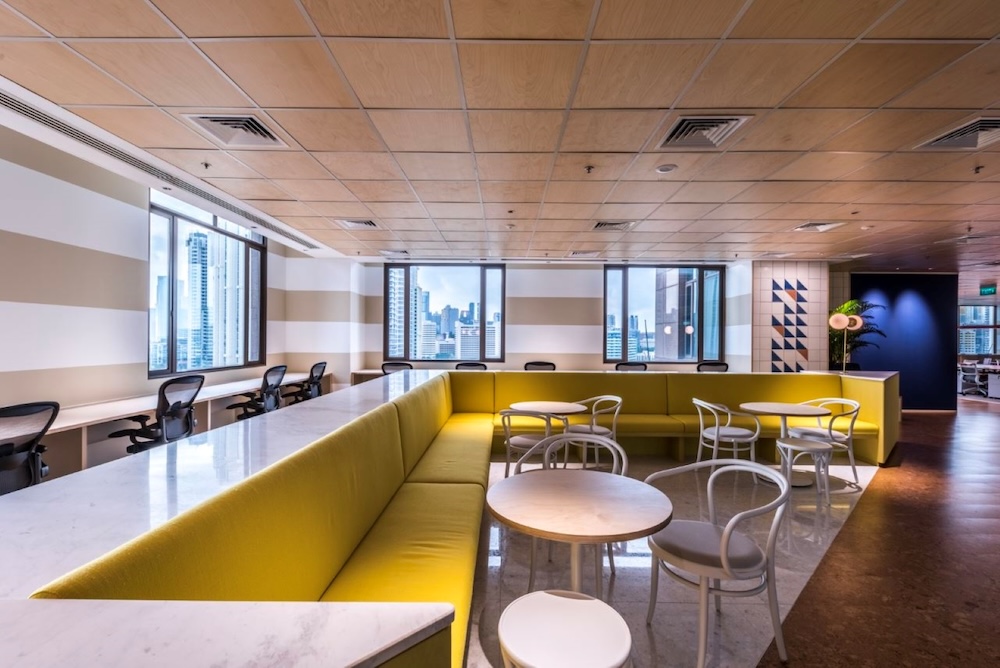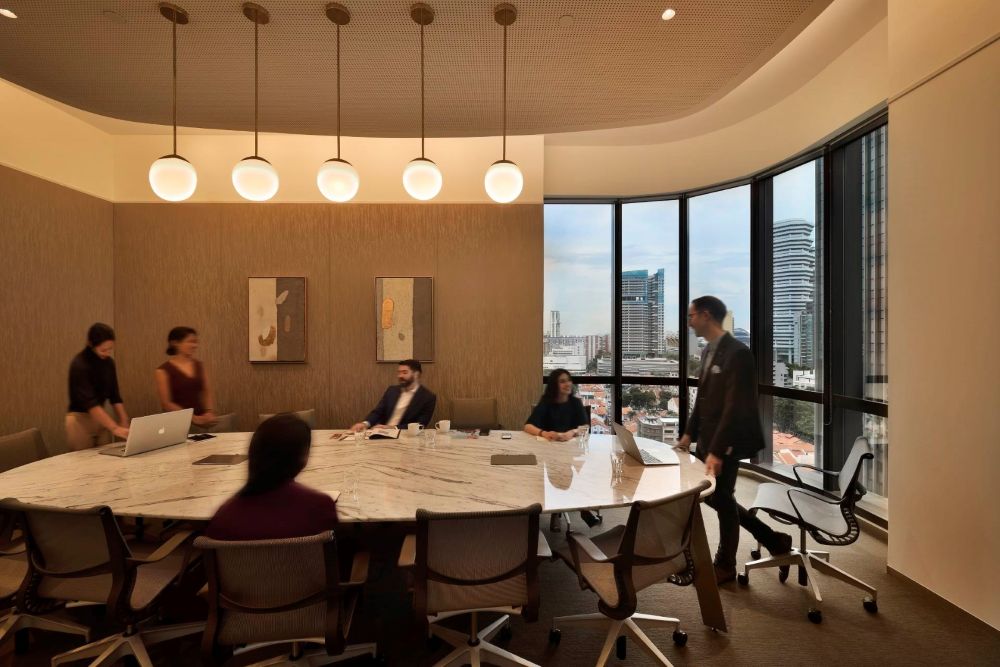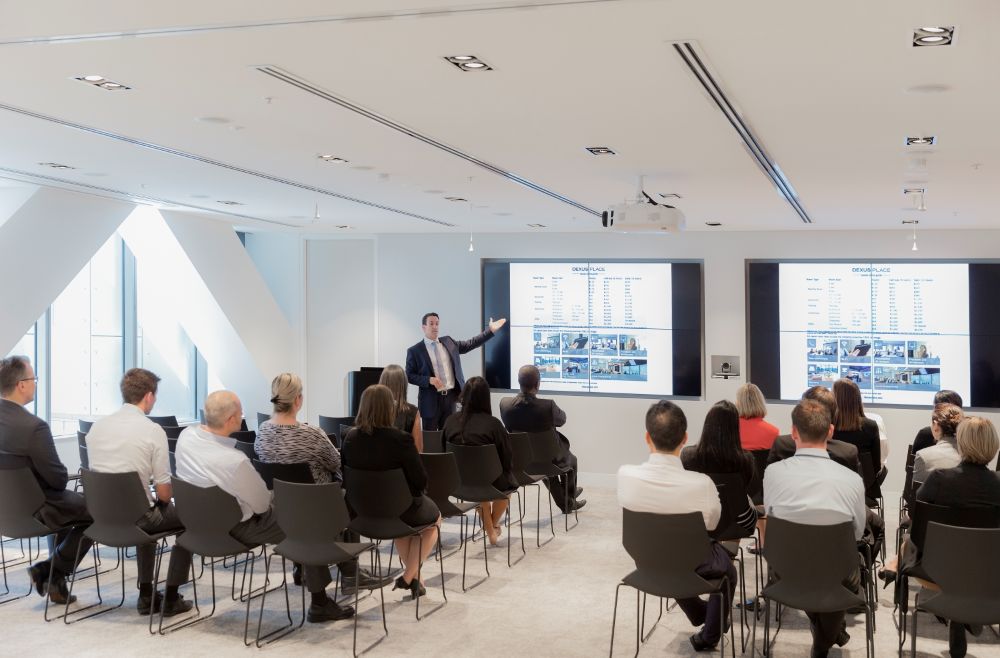A relocation to a new office is a significant undertaking for any business, regardless of its size, presenting a myriad of logistical challenges that require careful attention. However, with meticulous planning and a structured approach, this transition can be a seamless and positive experience rather than a disruptive one. The key to success lies in anticipating potential hurdles and preparing for each phase well in advance.
This guide aims to simplify that process for you. We will provide you with a comprehensive office move checklist designed to help you navigate every stage of the project, from the initial planning and budgeting to the final steps of settling into your new space, to ensure a hassle-free move.
The Preliminary Phase: 6-9 Months Before the Move
A smooth office relocation begins long before the first box is packed, requiring a strategic approach in the early stages. Here are some things you should consider:
- Define the 'Why': The first step is to clearly establish the core reasons for your move, such as growth or cost-saving, and define your specific needs. This foundational clarity will serve as a guide in your search for a new location.
- Assemble the Team: Form a dedicated internal team to spearhead the project’s plan. This team should include representatives from different departments to ensure all perspectives and needs are considered during the transition.
- Determine the Budget: Create a realistic and comprehensive budget that accounts for all potential costs associated with the move. This includes new space expenses, professional moving services and technology setup, among other items.
- Find a New Space: Begin your search early to explore all available options thoroughly. This process should include evaluating traditional leases alongside flexible shared office solutions that offer agility and cost efficiency.
The Planning Phase: 3-6 Months Before the Move
Once the new space is secured, the next phase should be dedicated to coordinating the logistics while preparing all those involved for the move. This should include:
- Communicating with Staff: Maintain early and clear communication with all employees about the upcoming move. This transparency helps to manage expectations, reduces uncertainty and ensures everyone feels included in the process.
- Engaging Vendors and Services: Secure all necessary third-party services well in advance, including a professional mover, IT relocation support and new utility providers. Timely engagement ensures a seamless and coordinated transition on the day of the move.
- Finalising the Layout: Create a detailed floor plan for the new space, meticulously planning desk assignments and the placement of common areas. A finalised layout ensures a functional and efficient workspace from the moment you arrive.
- Updating Business Information: Update your business's new address on all official documents, business registrations, website and marketing materials. This administrative task is vital for maintaining a consistent and professional brand identity.
- Creating an IT Relocation Plan: Develop a comprehensive strategy for the safe and efficient movement of all technology, from servers to desktop computers. A well-defined plan is crucial for minimising downtime and ensuring you're operational immediately.
The Preparation Phase: 1-3 Months Before the Move
With a well-defined plan now in place, the final months are dedicated to the practical preparations for a seamless transition:
- Begin Decluttering: Initiate a systematic process of getting rid of old files, equipment and unnecessary furniture. This exercise in efficiency helps to reduce overall moving costs and simplifies the effort required on moving day.
- Order New Furniture and Equipment: Ensure that any new furniture, technology or office equipment you need is ordered with ample lead time. This planning ensures that all items arrive on time and are ready for setup in your new space.
- Develop a Communications Plan: Create a clear timeline for notifying all clients, suppliers and other key stakeholders about your new address and contact information. This prevents any service disruption and maintains professional relationships.
- Start Packing: Advise employees to organise and label all boxes clearly by department and their contents. This straightforward method makes the unpacking process significantly more efficient and minimises the risk of items being misplaced.
- Brief Staff on Final Plan: Hold a final meeting to walk through the detailed moving timeline and everyone's specific responsibilities for moving day. This ensures all staff are aligned and prepared for the final transition.
Moving Day and Post-Move: The Final Steps
After months of planning, these final steps ensure a smooth execution on moving day and a swift return to productivity:
- Moving Day Coordination: Designate a clear point of contact to be present at both the old and new locations to oversee the entire process. This individual serves as a single, authoritative channel of communication for all movers and staff, ensuring a coordinated effort.
- Set Up the Essentials: Prioritise the setup of all critical infrastructure, including Wi-Fi, power and phone systems, as soon as you arrive. This focus minimises downtime and ensures your business is able to return to full operation as quickly as possible.
- Post-Move Check-in: Organise a brief tour or check-in for all employees to familiarise them with the new space, layout and key amenities. This small gesture helps everyone feel settled and comfortable in their new environment.
- Follow-up with Vendors: Once the move is complete, confirm that all services are working as expected and settle any final invoices with your professional movers and vendors. This marks the successful completion of your move.
A Simpler Move: The Power of Flexible Offices

A shared office space occupied by employees
A modern move is fundamentally redefined by the choice of a flexible workspace, which transforms relocating from a logistical nightmare into a streamlined process. By opting for a shared office, businesses can eliminate many of the most complex elements of a traditional move, such as long-term leases and the expenses of new furniture and IT fit-outs.
Apart from these, coworking spaces also provide immediate access to a professional environment, often including high-speed internet, collaboration spaces, and essential amenities like meeting rooms and conference rooms. Additionally, the flexibility provided by their hot desk rental options and flexible lease terms allows you to adapt your workspace to your team's needs, contributing to a smooth and productive transition.
Ensuring a Smooth Transition to Your New Space
In essence, the key to a seamless office relocation lies in a comprehensive and meticulously executed checklist. Proactive planning from start to finish not only minimises downtime and disruption but also sets the stage for future success in your new location. By taking the time to prepare thoroughly, you can ensure your team feels settled and productive from day one.
To simplify your next move and secure a professional environment, consider exploring The Work Project's flexible solutions. Our customisable workspace options and all-inclusive arrangements are designed to remove the stress of relocation, empowering you to make a smooth transition to your new office. To get started, visit our website or contact our team today!






